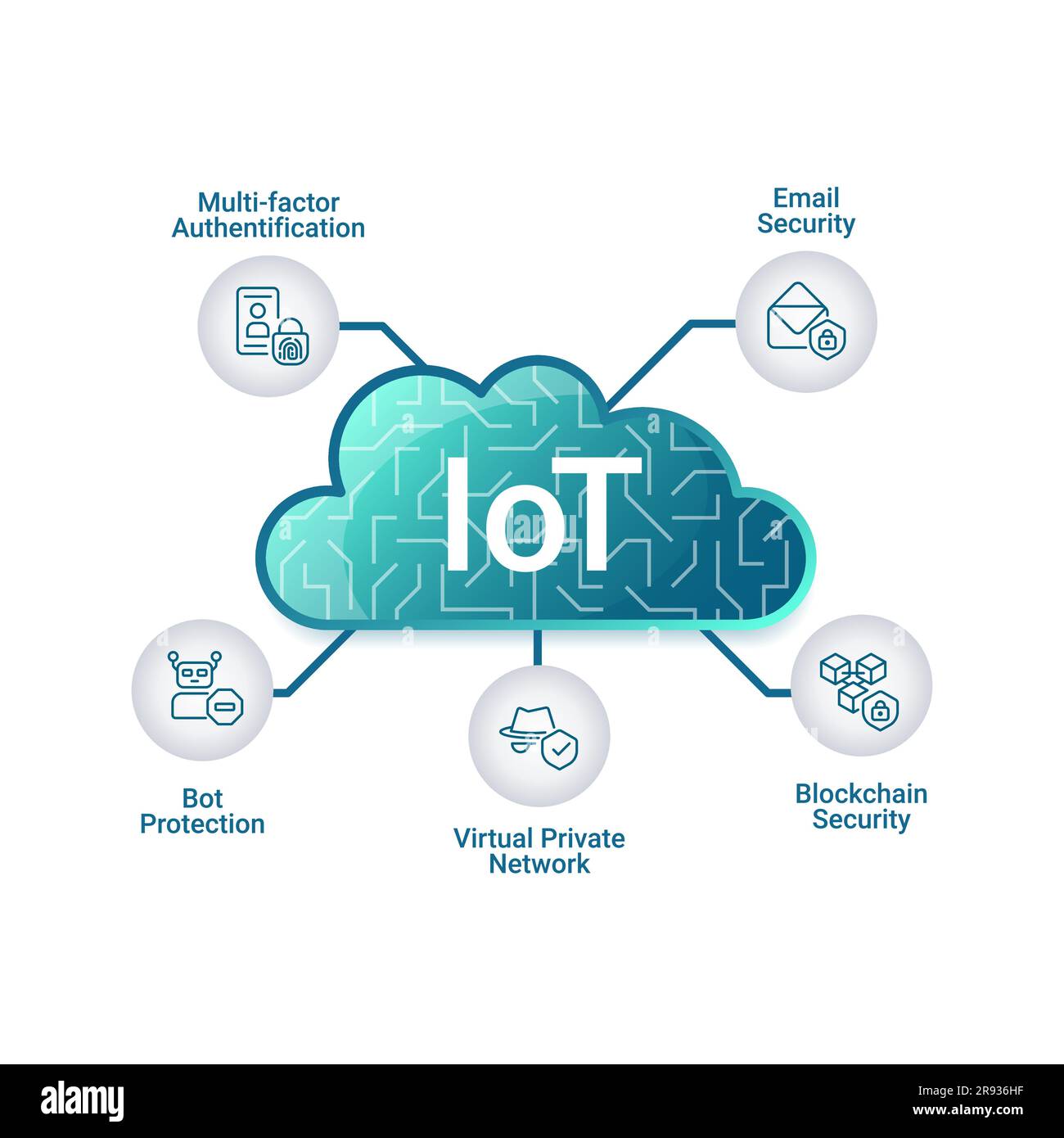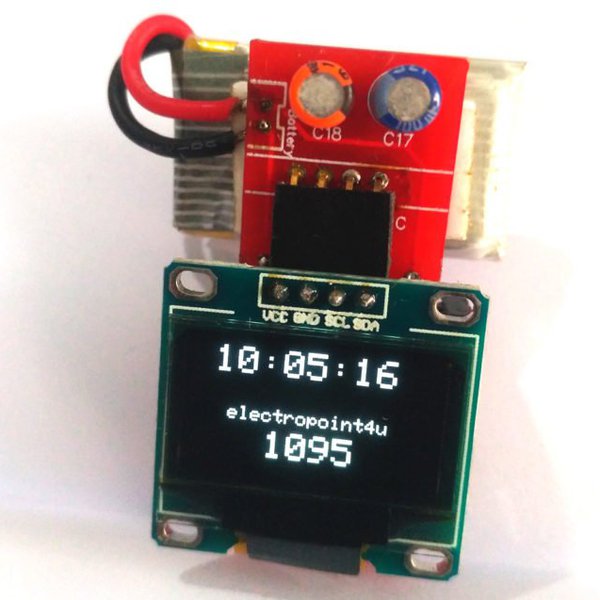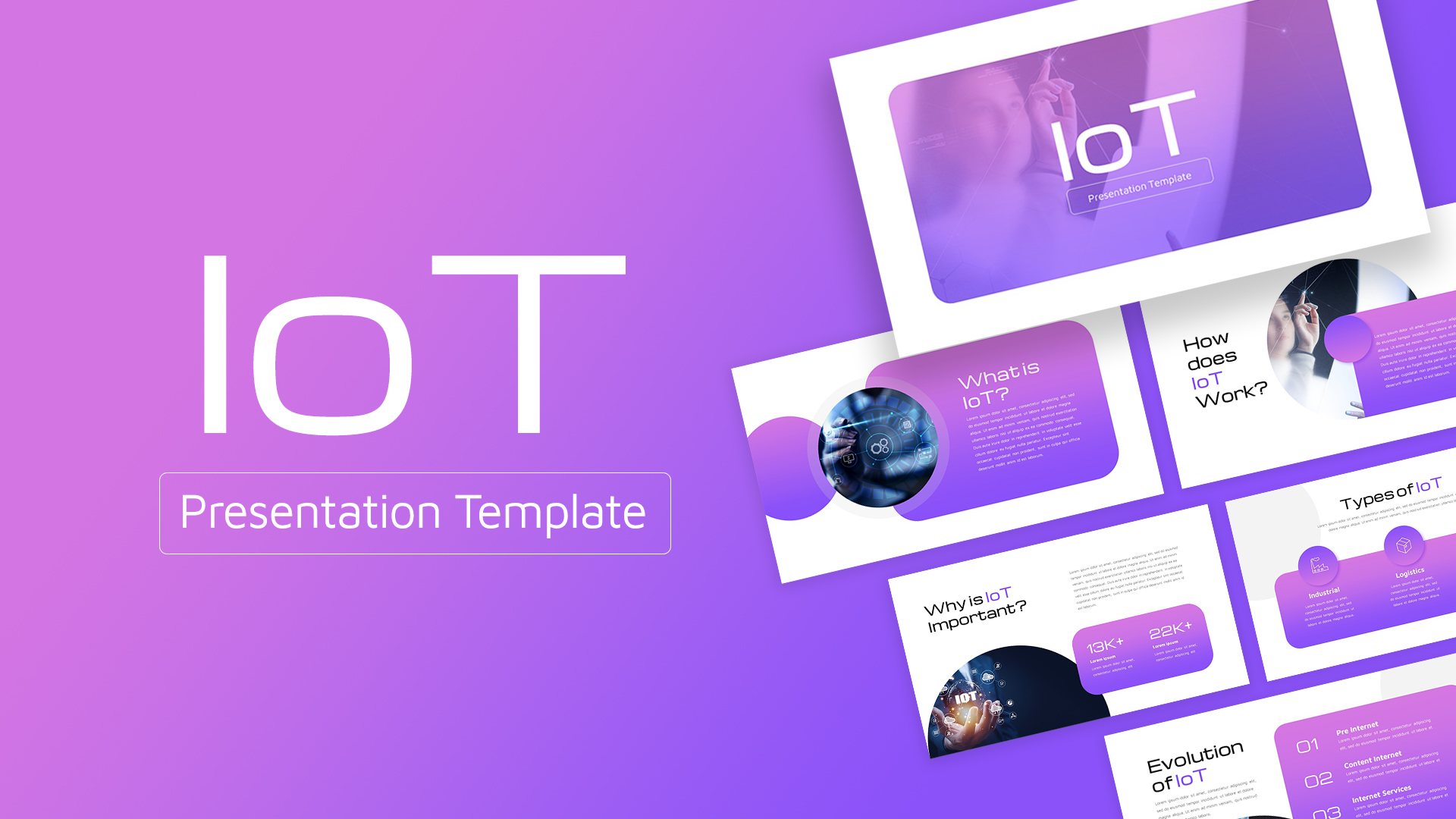Imagine having a dashboard that lets you monitor your IoT devices in real-time from anywhere in the world. Sounds amazing, right? Well, with remote IoT display chart templates, you can turn that dream into reality. These templates are your secret weapon for creating stunning, interactive visualizations that make sense of all the data your IoT devices generate. Whether you're a tech-savvy professional or just starting out, these tools are designed to simplify your life and boost your efficiency.
Nowadays, the Internet of Things (IoT) is everywhere. From smart homes to industrial automation, IoT devices are generating massive amounts of data. But let's be real, raw data by itself is kinda useless unless you can understand it. That's where remote IoT display chart templates come in. They help you transform complex data into easy-to-read charts and graphs, making it simpler to spot trends, identify issues, and make informed decisions.
But hold up, not all templates are created equal. You need something that's flexible, customizable, and compatible with your existing systems. In this article, we'll dive deep into the world of remote IoT display chart templates, explore the best options available, and give you practical tips on how to use them effectively. So grab a cup of coffee, sit back, and let's get started.
Read also:Mastering Remoteiot Vpc Ssh On Raspberry Pi Download Windows 10 Free Guide
What Exactly is a Remote IoT Display Chart Template?
A remote IoT display chart template is basically a pre-designed framework that allows you to visualize data from your IoT devices in a clear and organized way. Think of it as a blueprint for building your own custom dashboard. These templates typically include features like real-time updates, customizable widgets, and support for multiple data sources. The beauty of these templates is that they save you time and effort by providing a solid foundation to build upon.
Let me break it down for you. Imagine you're running a smart farm with sensors measuring soil moisture, temperature, and humidity. Without a proper visualization tool, you'd be drowning in numbers. But with a remote IoT display chart template, you can create charts that show you exactly how your crops are doing at a glance. And the best part? You can access this information from anywhere, whether you're on the farm or chilling at home.
Why You Need Remote IoT Display Chart Templates
Here's the deal. If you're working with IoT devices, you're probably dealing with tons of data. And let's be honest, staring at spreadsheets all day is not fun. That's why remote IoT display chart templates are a game-changer. They help you make sense of all that data by presenting it in a visual format that's easy to understand.
But that's not all. These templates also offer other benefits, like:
- Real-time monitoring: Get instant updates on your IoT devices without lifting a finger.
- Customization: Tailor the template to fit your specific needs and preferences.
- Scalability: Easily add more devices or data sources as your setup grows.
- Accessibility: Access your dashboard from any device with an internet connection.
So whether you're managing a small home automation system or a large-scale industrial operation, remote IoT display chart templates can help you stay on top of things.
Top Features to Look for in Remote IoT Display Chart Templates
Not all templates are created equal, so it's important to know what to look for. Here are some key features to consider when choosing a remote IoT display chart template:
Read also:Exploring The Mysteries Of Stars In The Constellation Aries
1. Real-Time Data Updates
If you're working with IoT devices, real-time data is crucial. Look for templates that offer seamless integration with your data sources and provide instant updates. This ensures that you always have the most up-to-date information at your fingertips.
2. Customizable Widgets
No two IoT setups are the same, so your dashboard should reflect your unique needs. Choose a template that allows you to customize widgets, add new ones, and rearrange them as needed. This flexibility will help you create a dashboard that's perfectly tailored to your requirements.
3. Cross-Platform Compatibility
Let's face it, we all use different devices. Whether you're on a desktop, tablet, or smartphone, your dashboard should look and function the same. Opt for a template that's responsive and works across all platforms, ensuring a consistent experience no matter where you are.
4. Security and Privacy
With all the data you're dealing with, security is a top priority. Make sure the template you choose has robust security features, like encryption and user authentication, to protect your information from prying eyes.
Popular Remote IoT Display Chart Template Options
Now that you know what to look for, let's take a look at some of the most popular remote IoT display chart templates available today.
1. Grafana
Grafana is a powerful open-source platform for data visualization. It supports a wide range of data sources and offers a variety of chart types, including line charts, bar charts, and heatmaps. Plus, it's highly customizable, so you can create a dashboard that's uniquely yours.
2. ThingsBoard
ThingsBoard is another great option for IoT data visualization. It provides a user-friendly interface and supports real-time data streaming. With its drag-and-drop widget editor, you can quickly build custom dashboards without needing any coding skills.
3. Node-RED
Node-RED is a flow-based programming tool that makes it easy to connect IoT devices and visualize their data. It offers a variety of nodes for different data sources and provides a simple interface for creating custom dashboards.
How to Choose the Right Remote IoT Display Chart Template
Picking the right template can be overwhelming, especially with so many options available. Here's a step-by-step guide to help you make the best choice:
- Identify your needs: What kind of data are you working with? What features are most important to you?
- Consider your budget: Some templates are free, while others require a subscription. Decide how much you're willing to spend.
- Check compatibility: Make sure the template you choose works with your existing systems and devices.
- Read reviews: See what other users have to say about the template. This can give you valuable insights into its strengths and weaknesses.
By following these steps, you'll be able to find a template that meets your needs and helps you get the most out of your IoT devices.
Best Practices for Using Remote IoT Display Chart Templates
Once you've chosen a template, it's time to put it to work. Here are some best practices to help you get the most out of your remote IoT display chart template:
1. Start Simple
Don't try to create a complex dashboard right off the bat. Start with a few key metrics and build from there. This will help you avoid information overload and make it easier to identify trends.
2. Use Consistent Colors and Styles
Consistency is key when it comes to data visualization. Use the same colors and styles throughout your dashboard to make it easier to read and understand.
3. Keep It Organized
A well-organized dashboard is much more effective than a cluttered one. Group related widgets together and use whitespace to create a clean, easy-to-follow layout.
4. Test and Iterate
Your dashboard is a living, breathing thing. Don't be afraid to test new ideas and make changes as needed. The more you use it, the better it will become.
Common Challenges and How to Overcome Them
Even the best templates can have their challenges. Here are some common issues you might encounter and how to solve them:
1. Data Overload
Too much data can be overwhelming. Focus on the most important metrics and use filters to narrow down the information you see.
2. Performance Issues
Large datasets can slow down your dashboard. Optimize your data sources and consider using caching to improve performance.
3. Security Concerns
Always use strong passwords and enable two-factor authentication to protect your data. Regularly update your software to ensure you have the latest security patches.
Future Trends in Remote IoT Display Chart Templates
The world of IoT is constantly evolving, and so are the tools we use to visualize data. Here are some trends to watch out for:
- AI and machine learning: These technologies are being integrated into templates to provide predictive analytics and automated insights.
- Augmented reality: AR is being used to create immersive dashboards that allow users to interact with their data in new ways.
- Edge computing: By processing data closer to the source, edge computing can reduce latency and improve performance.
Stay tuned for these exciting developments and see how they can enhance your remote IoT display chart templates.
Conclusion
Remote IoT display chart templates are an essential tool for anyone working with IoT devices. They help you make sense of complex data, stay on top of your devices, and make informed decisions. By choosing the right template and following best practices, you can create a dashboard that meets your needs and boosts your efficiency.
So what are you waiting for? Dive into the world of remote IoT display chart templates and take your IoT setup to the next level. And don't forget to share your experiences and insights in the comments below. Together, we can build a better, smarter future.
Table of Contents
- What Exactly is a Remote IoT Display Chart Template?
- Why You Need Remote IoT Display Chart Templates
- Top Features to Look for in Remote IoT Display Chart Templates
- Popular Remote IoT Display Chart Template Options
- How to Choose the Right Remote IoT Display Chart Template
- Best Practices for Using Remote IoT Display Chart Templates
- Common Challenges and How to Overcome Them
- Future Trends in Remote IoT Display Chart Templates
- Conclusion


